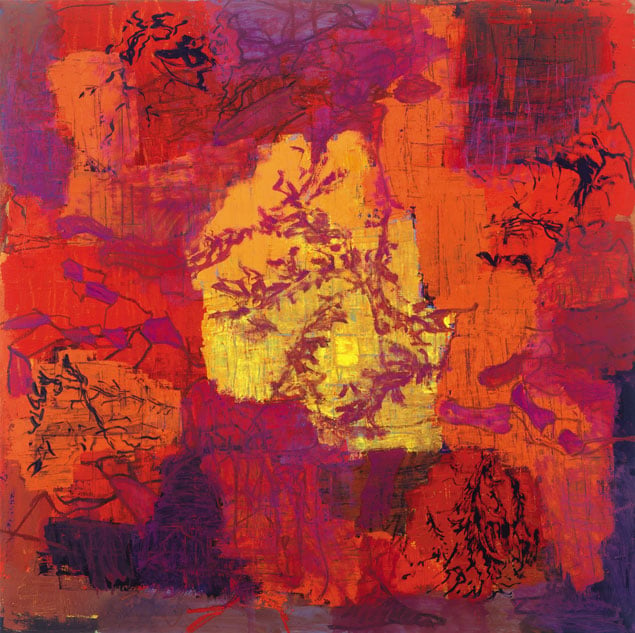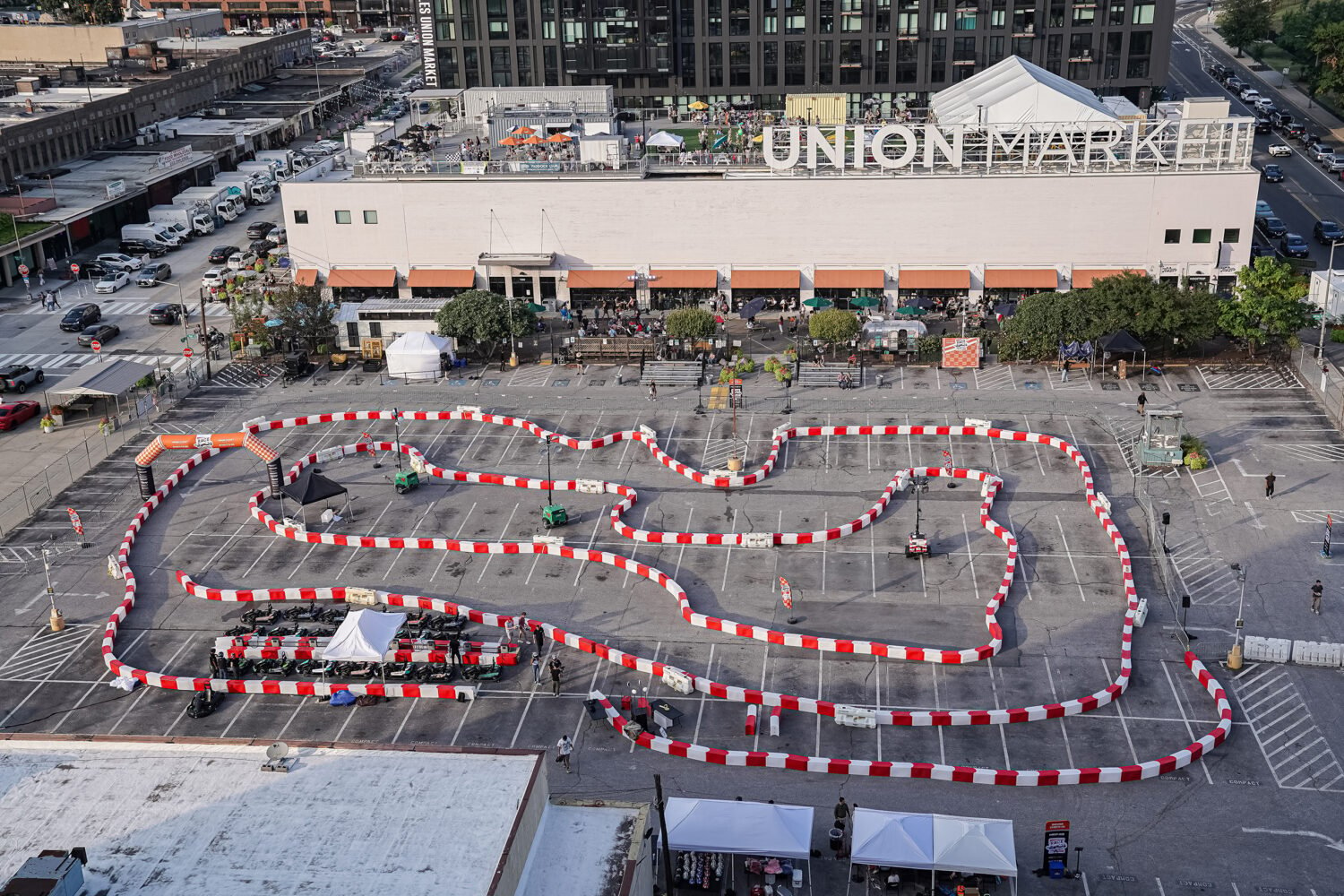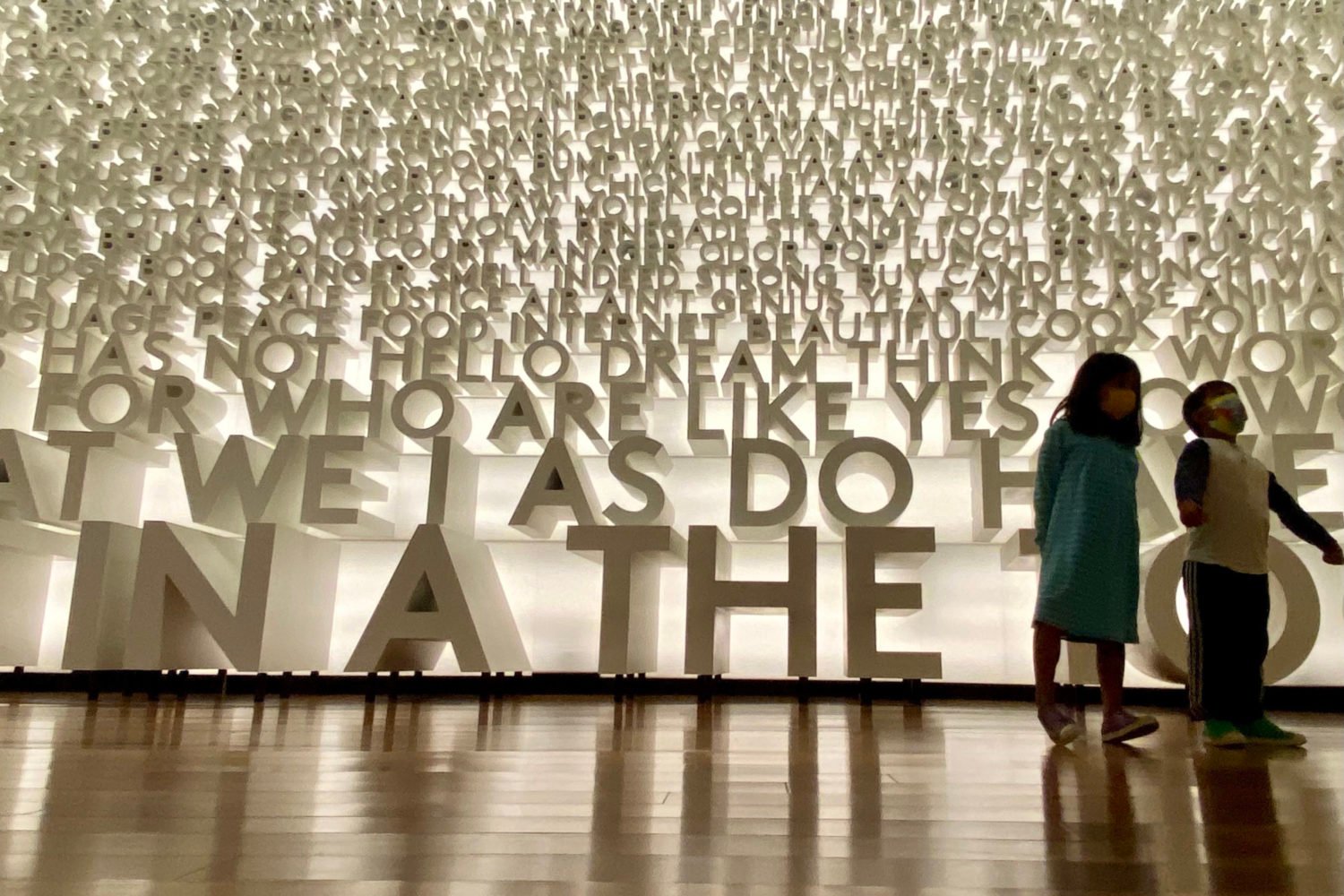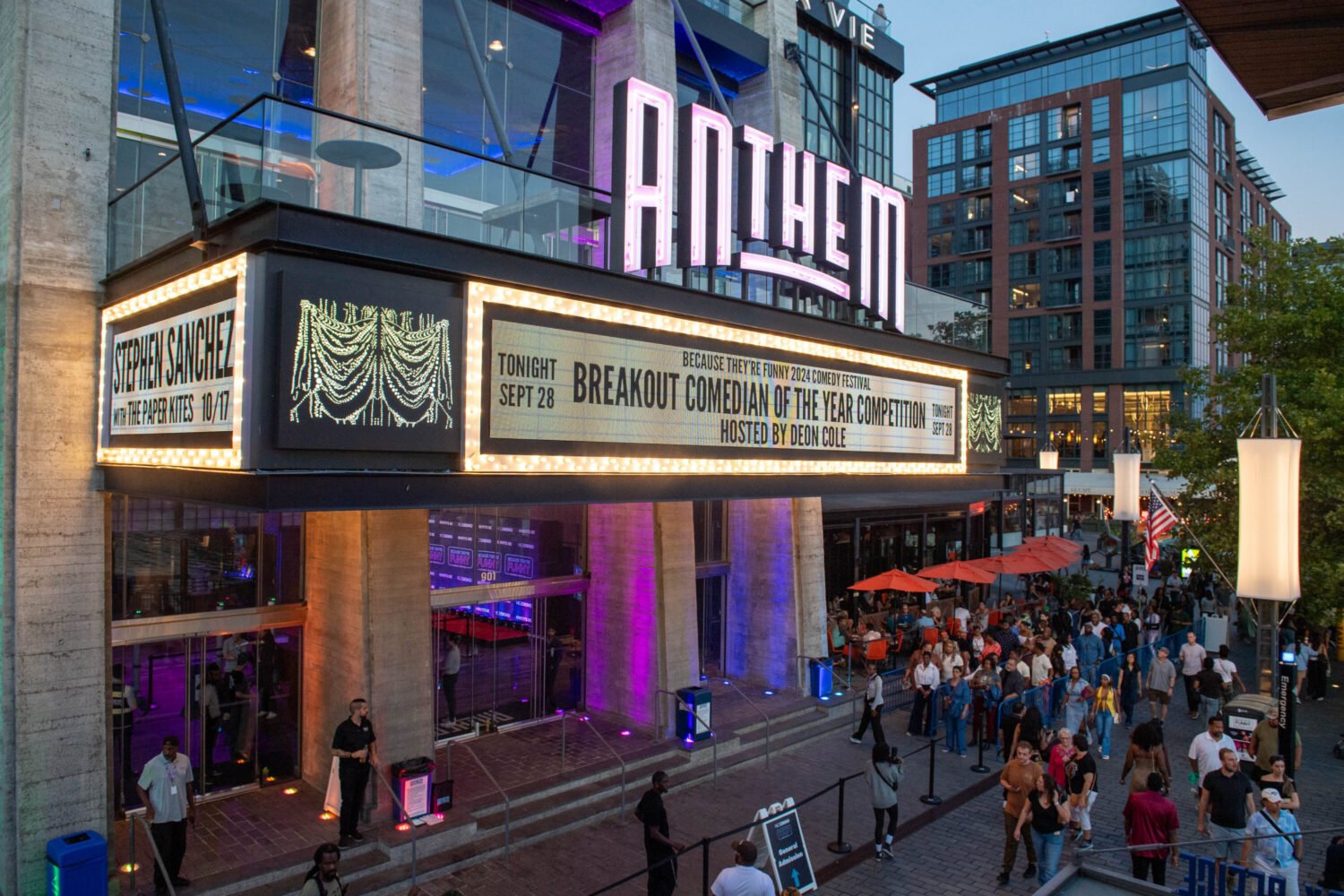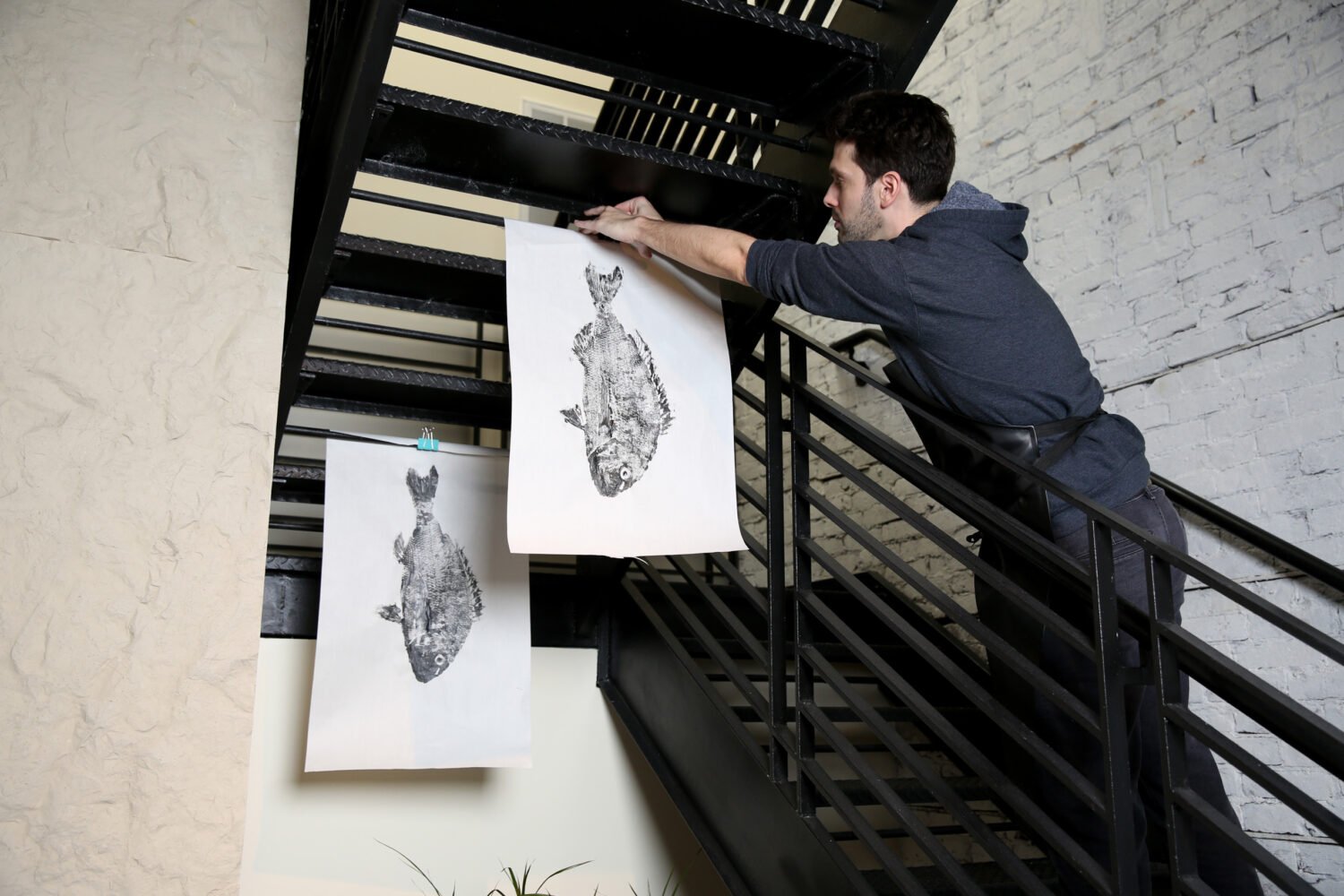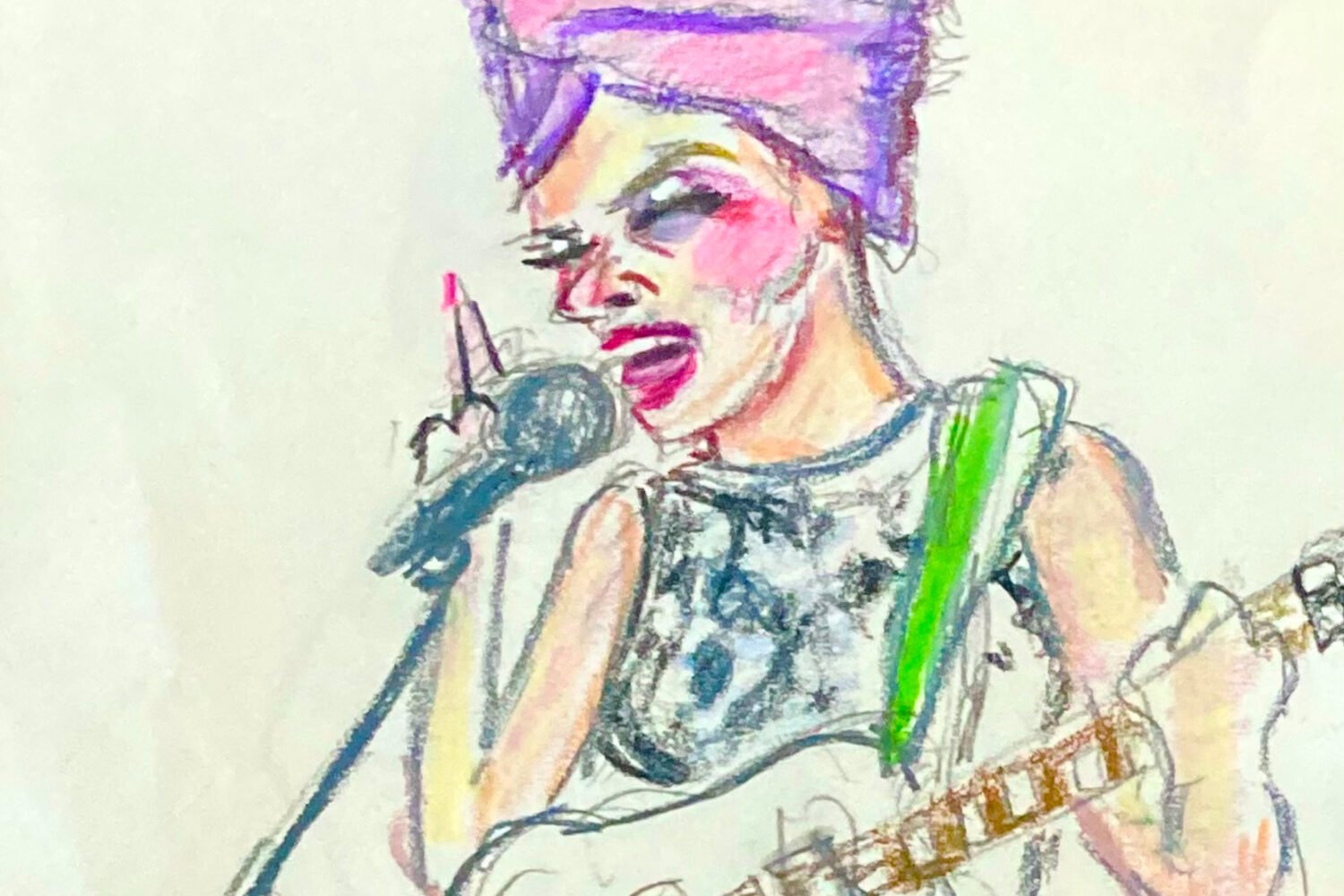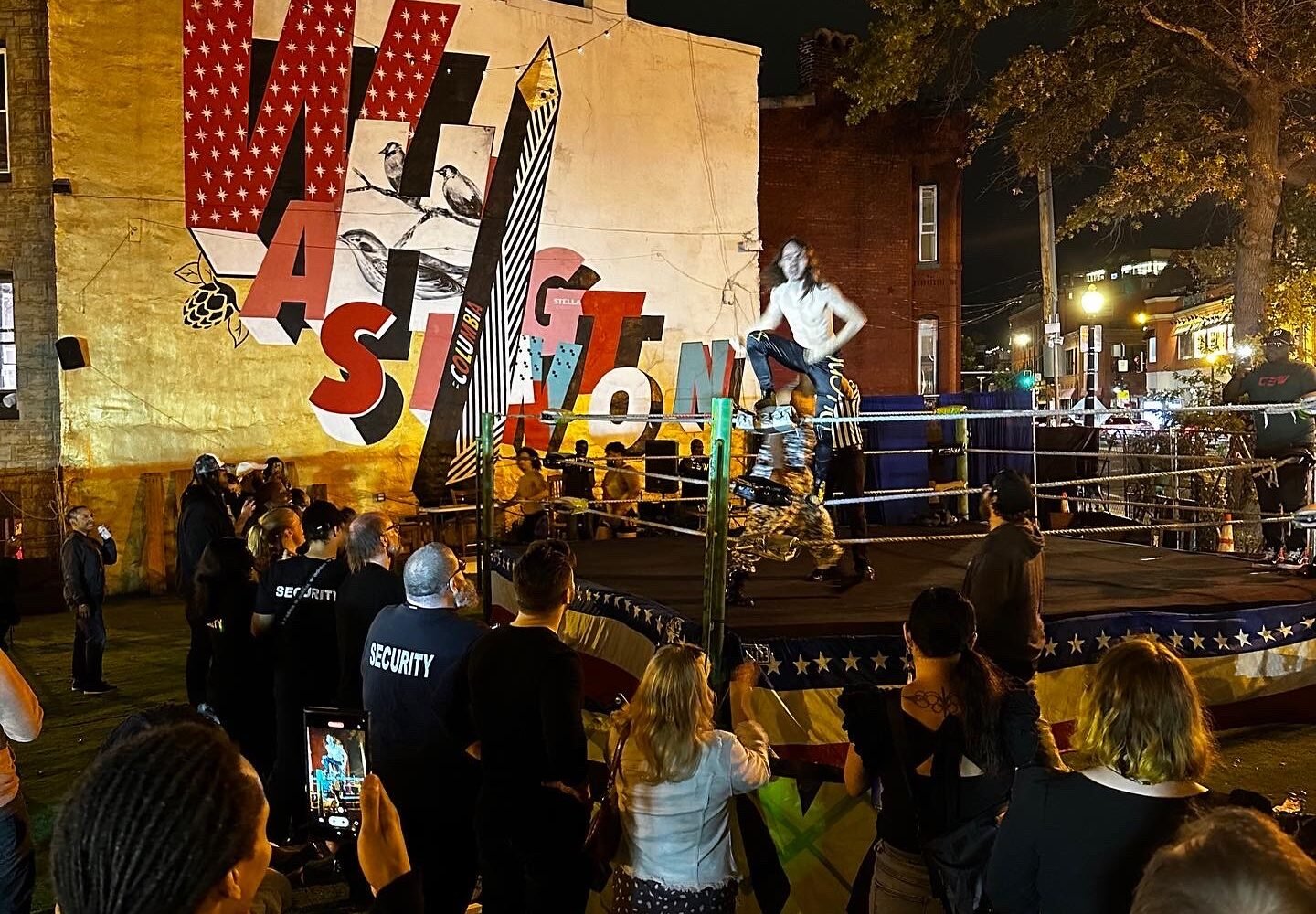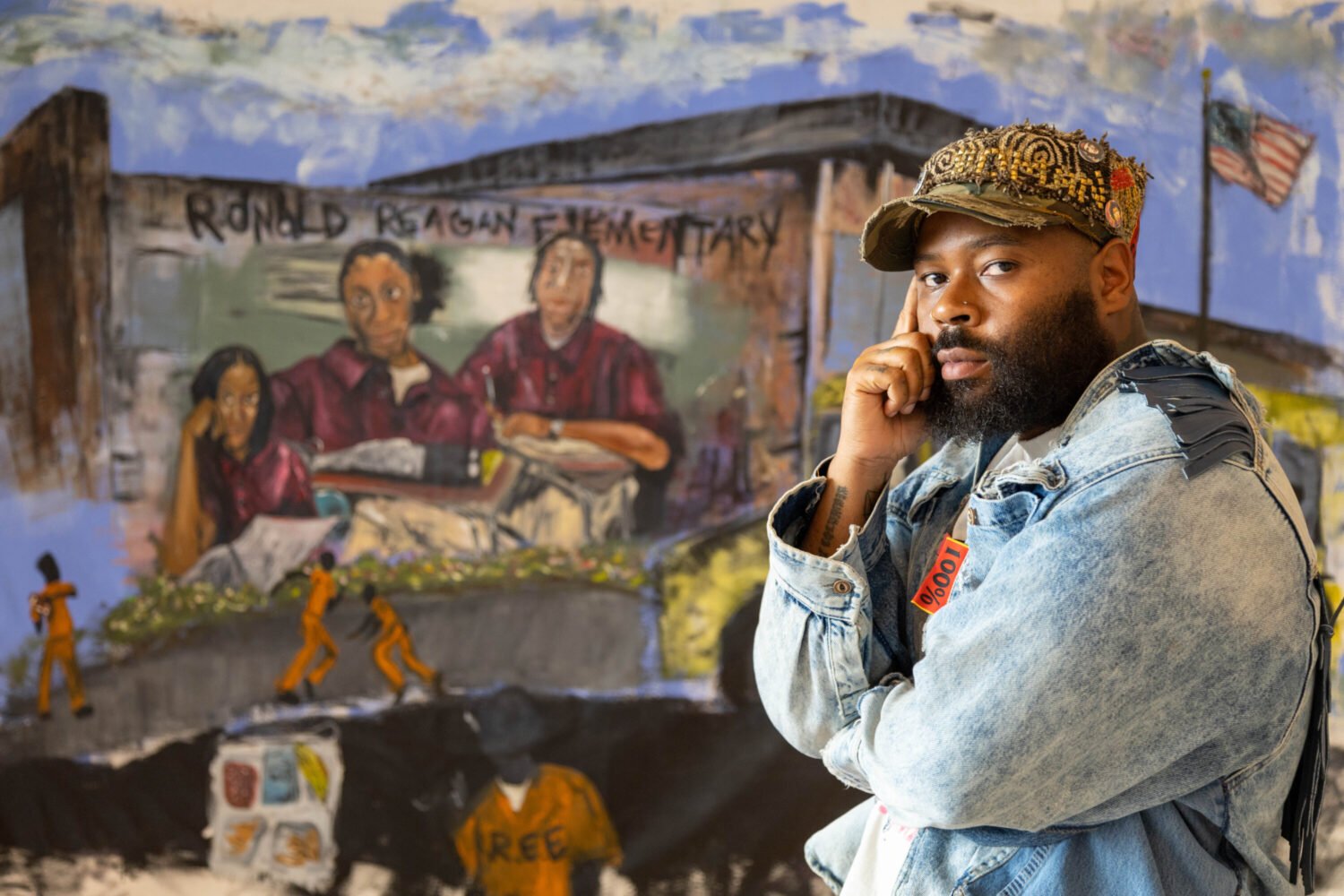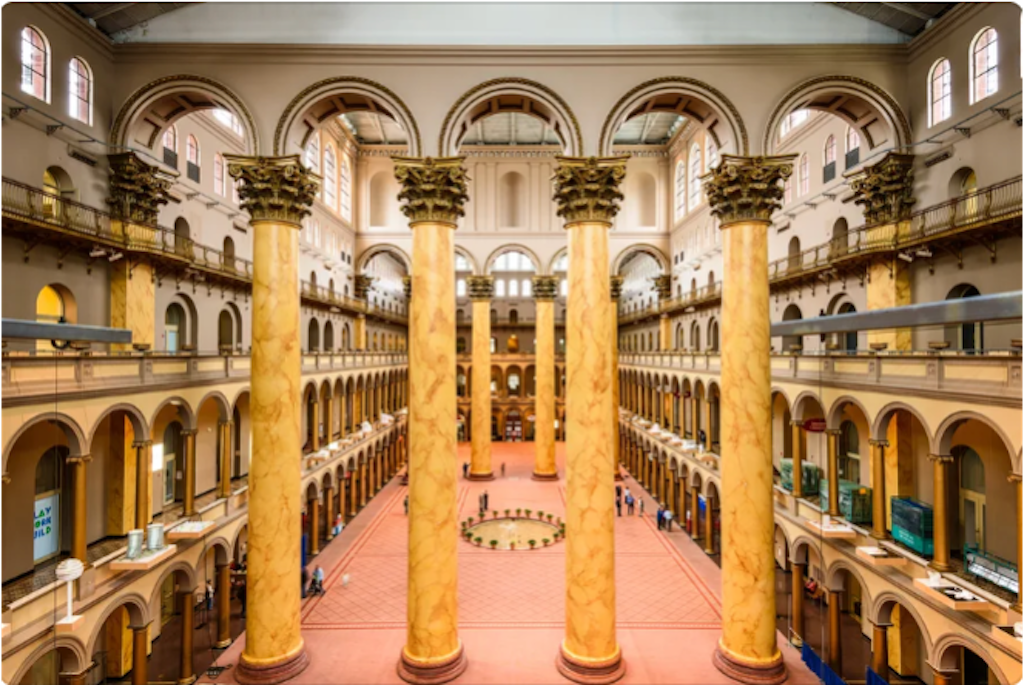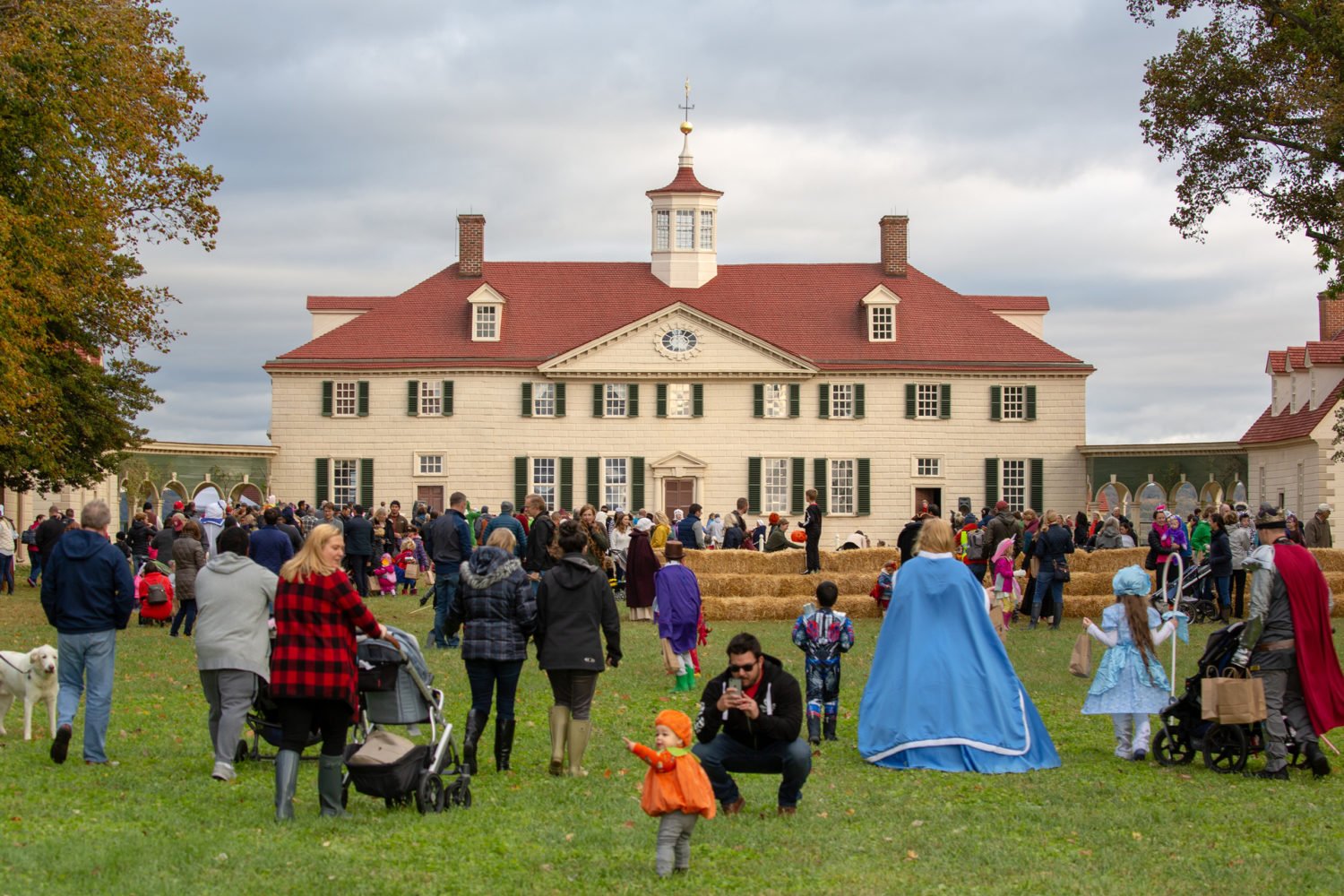Per Kirkeby is far too forceful an artist to be so relatively unknown here in the US. In the
past five years alone, retrospectives of his work have gone on display in London,
Dusseldorf, Basel, and his native Copenhagen, with smaller shows everywhere from Berlin
to Brussels. In a review of one show at Tate Modern, the
London Guardian described his works as “rich, earthy, spearing, dynamic, fiercely inquiring, solemn
droll, skeptical, and yet abundantly romantic; perhaps a portrait of the artist as
much as his art.”
And yet this side of the Atlantic, the only chance viewers might have had to see his
work is in Lars von Trier films (he created new pieces for
Antichrist, Breaking the Waves, and
Dancer in the Dark), or via the costumes and set for the New York City Ballet’s 2007 production of
Romeo and Juliet, which Kirkeby designed. But no longer: This weekend, Kirkeby gets his first major
American show at the Phillips Collection.
“Per Kirkeby: Paintings and Sculpture,” on display October 6 through January 6, brings
together 26 of the 72-year-old artist’s paintings alongside 11 bronze sculptures.
The show is a bold move on the part of the Phillips, but it also seems like a natural
fit for the institution, which has long had an idiosyncratic approach to art. Kirkeby’s
work often repeats motifs, explores similar themes, and riffs on works by other great
artists—just as the pieces at the Phillips are arranged to “communicate” with one
another, Kirkeby’s paintings, sculptures, and works on paper all manage to offer different
facets of the same idea, exploring broad, elemental questions of space, time, and
earth.
Kirkeby’s background is in geology, a fact that seems to lie at the core of much of
his work. While studying at the University of Copenhagen, he first went to Greenland
in 1958, and has been making exploratory missions to the island ever since. An exhibition
earlier this year at Denmark’s Ordrupgaard museum looked at the legacy of Kirkeby’s
50-year relationship with the Northern Arctic regions and the influence the sparse,
clean, bleak landscape has had on the artist. Working in such a barren environment
has seemed to place Kirkeby’s art in a constant state of flux. Some shapes are familiar,
some abstract. He offers a study in contrasts: dark and light, warm and cool, rough
and smooth—neither something, nor nothing, but the space between. “Without conflict,
there are no pictures,” he wrote in 1991.
In Denmark, Kirkeby is something of an icon—his paintings hang in every major museum
in the country, and an imposing large-scale work, “A Romantic Picture,” takes up almost
an entire wall in the Danish National Gallery. Kirkeby also painted a vast mural on
the ceiling of the new Royal Danish Library, an imposing granite structure known as
the “Black Diamond” that sits on the Copenhagen waterfront. To view it, visitors approach
from a moving escalator, meaning that the monumental fresco seems to move like a kaleidoscope,
its many painted panels of differing colors and textures shifting in space.
The works on display at the Phillips date from the 1960s to 2010, covering a broad
swath of Kirkeby’s career from his time spent as a member of the experimental
eks-skolen to his more recent status as one of Scandinavia’s greatest artists. There’s 1967’s
“Regicide at Finderrup Barn,” a lesson in the emotive contrasts of light, with a clearly
recognizable snow-covered cabin sitting underneath a much larger shadowy human figure.
“A Picture of Yucatan, 1972-73” is more vivid, and reveals the influences Mayan culture
and symbolism had on the artist, as well as the scratches Kirkeby makes in paint to
create depth and texture. The work also feels almost impressionist in its sense of
hazy yellow light and lush green landscape.
And in “Untitled, 209,” trees—a common subject in Kirkeby’s work—make an appearance
as moody, illuminated lines in blues and greens. The meandering shapes give a sense
of something both real and ephemeral, captured in a tangle of likenesses. But don’t
expect Kirkeby to explain them in more than abstract terms. “Art doesn’t bloody well
come from nothing,” the artist told Hans Jørgen Frederiksen in 2010. “It is always
about something—not in the sense of being readable, but it is always about something,
and it always comes from something.”
“Per Kirkeby: Paintings and Sculpture” is at the Phillips Collection from October
6 through January 6. For more information, visit the Phillips Collection’s website.

